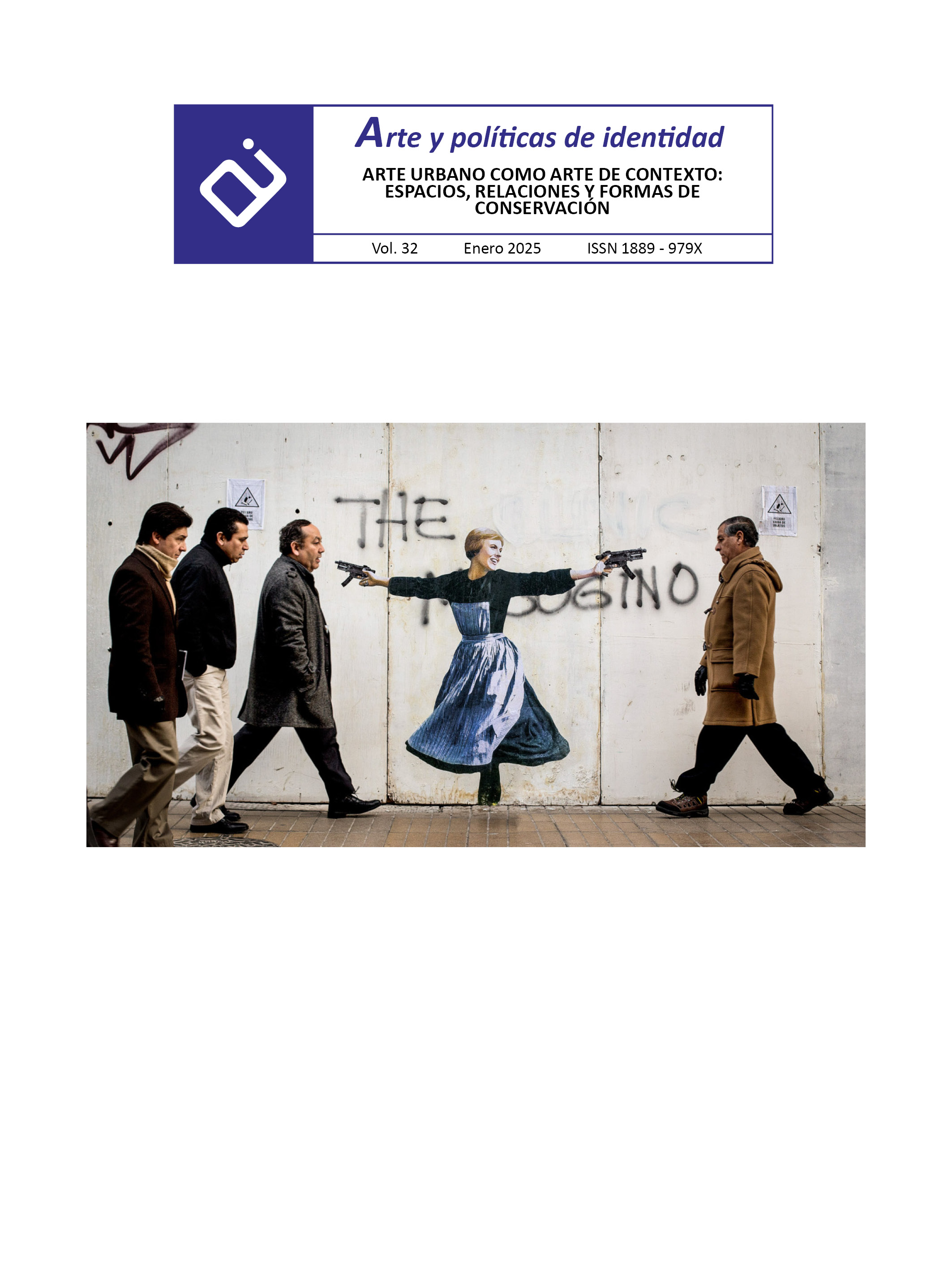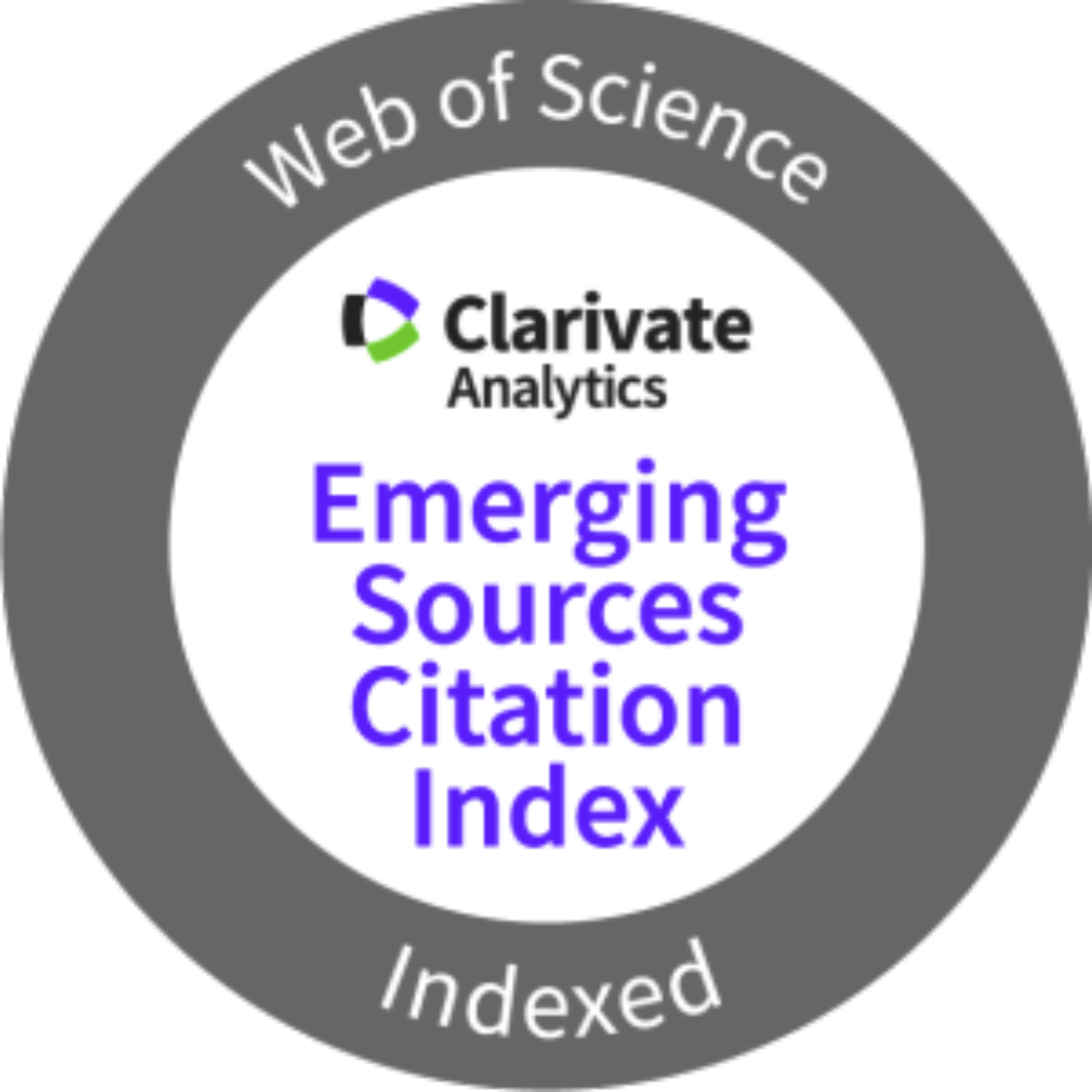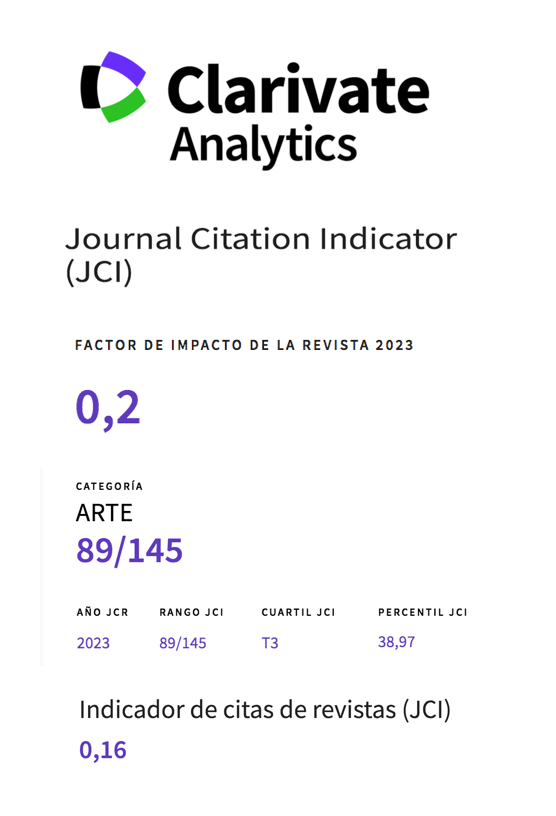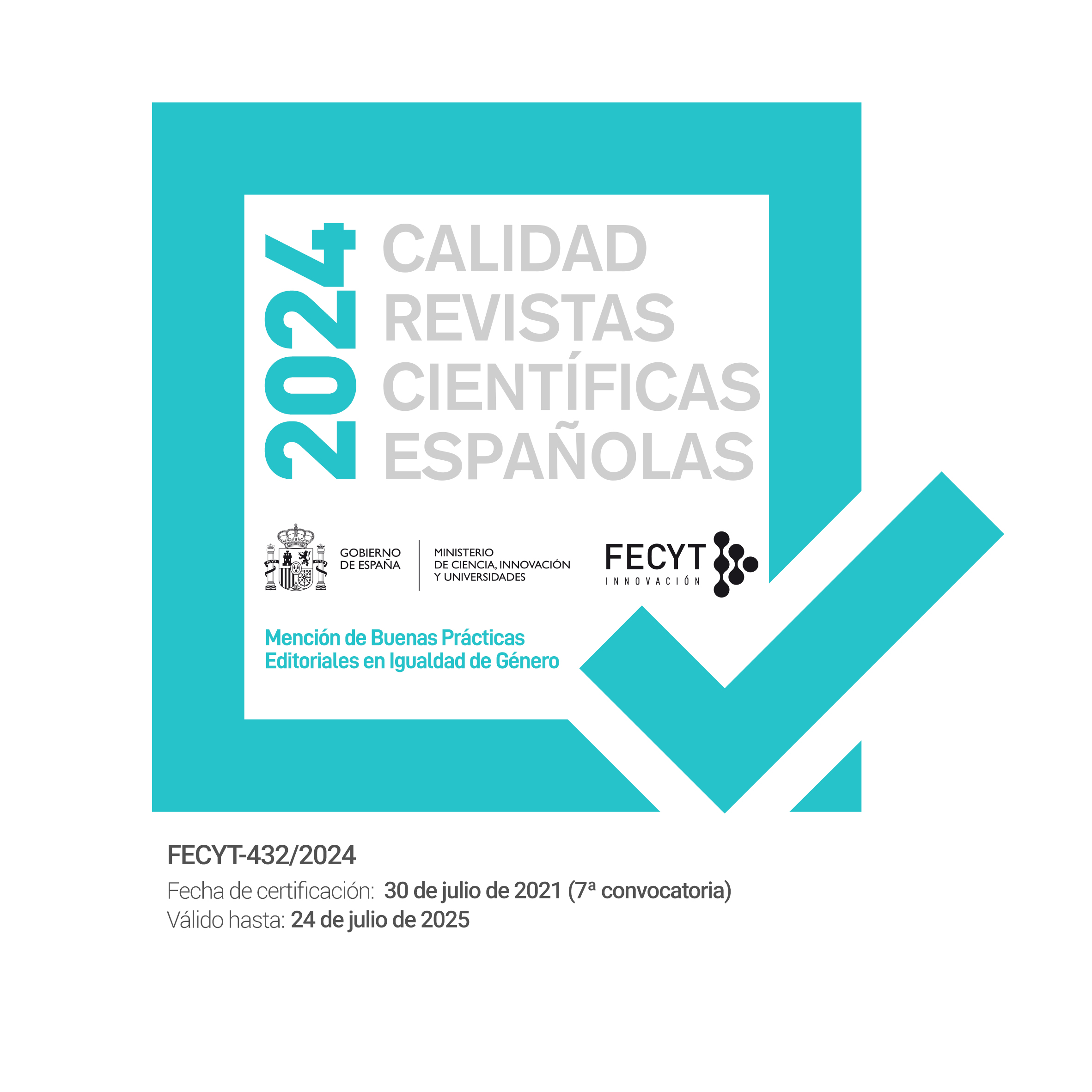Affectivity in the threads. Generate rituals from the collective act of knitting
Abstract
This paper describes a research project that focuses on exploring hybrid identity through textile plastic manipulation in a group work context. The practices proposed include the creation of individual and collective pieces, as well as the conversations that emerge during these processes, on themes such as oral memory, cultural identity and the meaning of colours and textures in relation to the feeling of belonging. The role of textile language as a means of communication and expression is highlighted, as well as its capacity to generate community spaces for reflection. This approach demonstrates how it is possible to generate spaces for multidisciplinary knowledge through the gesture of weaving as a group, recovering techniques and knowledge from the oral tradition and applying them to contemporary artistic production based on a methodology derived from critical pedagogy. The activities take place in an atmosphere of dialogue, solidarity and empowerment, where participants become co-producers of knowledge through artistic creation. This is the reason why these processes are presented as a valuable tool for social development by fostering collaborative environments.
Downloads
-
Abstract319
-
pdf (Español (España))127
References
Aguilar, C., Alonso, M. J., Padrós, M. y Pulido, M. A. (2010). Lectura dialógica y transformación en las Comunidades de Aprendizaje. Revista Interuniversitaria de Formación del Profesorado, 67 (24,1), 31-44.
Alcoy, R., Kopf, A., Mitrani, À., Garrido, J., Grau, E., & Skrabek, S. (2020). Grau-Garriga: VERMELLS. Ediciones Gráficas Rey, S.L.
BBC Resources. (2019). Louise Bourgeois - Spiderwoman. Youtube: https://www.youtube.com/watch?v=wkaJ6S0ViXg
Blasco, S. (2017, March). El arte y las cualidades materiales de lo textil-Pero... ¿ESTO ES ARTE? CA2M Centro de Arte Dos de Mayo. https://www.youtube.com/watch?v=GsPZQFY-kzk
Calderón, N., & Hernández, F. (2019). La investigación artística : un espacio de conocimiento disruptivo en las artes y en la universidad. Octaedro.
Del Valle Murga, T. (2010). Identidad, memoria, juegos de poder. En Subversiones. Memoria social y género. Ataduras y reflexiones Identidad, memoria y juegos de poder (pp. 69–86). Ciudad de México: Escuela Nacional de Antropología e Historia. Ciudad de México: Escuela Nacional de Antropología e Historia.
Gómez, J., Latorre, A., Sánchez, M., & Flecha, R. (2006). Metodología Comunicativa Crítica. El Roure.
González-Arango, I. C., Cuéllar-Barona, M., Pérez-Bustos, T., Rivera, M. X., & Siman, Y. (2022). Prácticas textimoniales: narrativas, resistencias y formas del hacer textil. Revista CS, 38, 9–15. https://doi.org/10.18046/recs.i38.5806
López Alcañiz, V. (2013). Contra memoria. Historia, genealogía y ontología del presente en Michel Foucault. Historiografías, 6, 13–31.
Marrero Guillamón, I. (2008). La fábrica del conflicto. Terciarización, lucha social y patrimonio en Ca Ricart, Barcelona.
Nates, M. E. (2017). Narrar con hilos: La memoria y la narrativa como herramientas de sanación a través del tejido.
Ricoeur, P. (2013). In Fondo de Cultura Económica (Ed.), La memoria, la historia, el
olvido. [La memoir, l'histoire, l'oubli.] (Agustín Neira Trans.). México: Fondo de
Cultura Económica.
Pallasmaa, J. (2006). Los ojos de la piel: la arquitectura y los sentidos. Gustavo Gili.
Pallasmaa, J. (2012). La mano que piensa. Sabiduría existencial y corporal en la arquitectura. Gustavo Gili.
Pastoureau, M. (2017). Los colores de nuestros recuerdos. Ed. Periférica.
Truck, A. (2006). Singing the Rug: Patterned Textiles and the Origins of Indo-European Metrical Poetry, American Journal of Archaeology 110.
Vinyes, R. (2018). Diccionario de la memoria colectiva. Gedisa Editorial.
Xochiquétzal, M. (2017). Tejer y resistir. Etnografías audiovisuales y narrativas textiles. 139–160. https://doi.org/10.17163/uni.n27.2017.6
Copyright (c) 2025 Servicio de Publicaciones de la Universidad de Murcia

This work is licensed under a Creative Commons Attribution-NonCommercial-NoDerivatives 4.0 International License.
Works published in this journal are subject to the following terms:
- The Service of Publications from the University of Murcia (publishing house) keeps the published works’ copyrights, and favors and allows the reuse of these works under the license indicated in point 2.
- Works are published in the journal’s online edition under the license Creative Commons Reconocimiento-NoComercial-SinObraDerivada 3.0 España(texto legal). They can be copied, used, disseminated, transmitted and publicly exhibited, as long as: i) the author and original source of publication are cited (journal, publishing house and work’s URL); ii) they are not used for commercial purposes; iii) the existence and specifications of this license are mentioned.
3. Conditions for auto-file. It is allowed and encouraged that authors share electronically their pre-print version (the pre-reviewed version) and /or post-print version (the reviewed and accepted version) of their Works before the publication, since it promotes its circulation and dissemination. RoMEO color: green.










